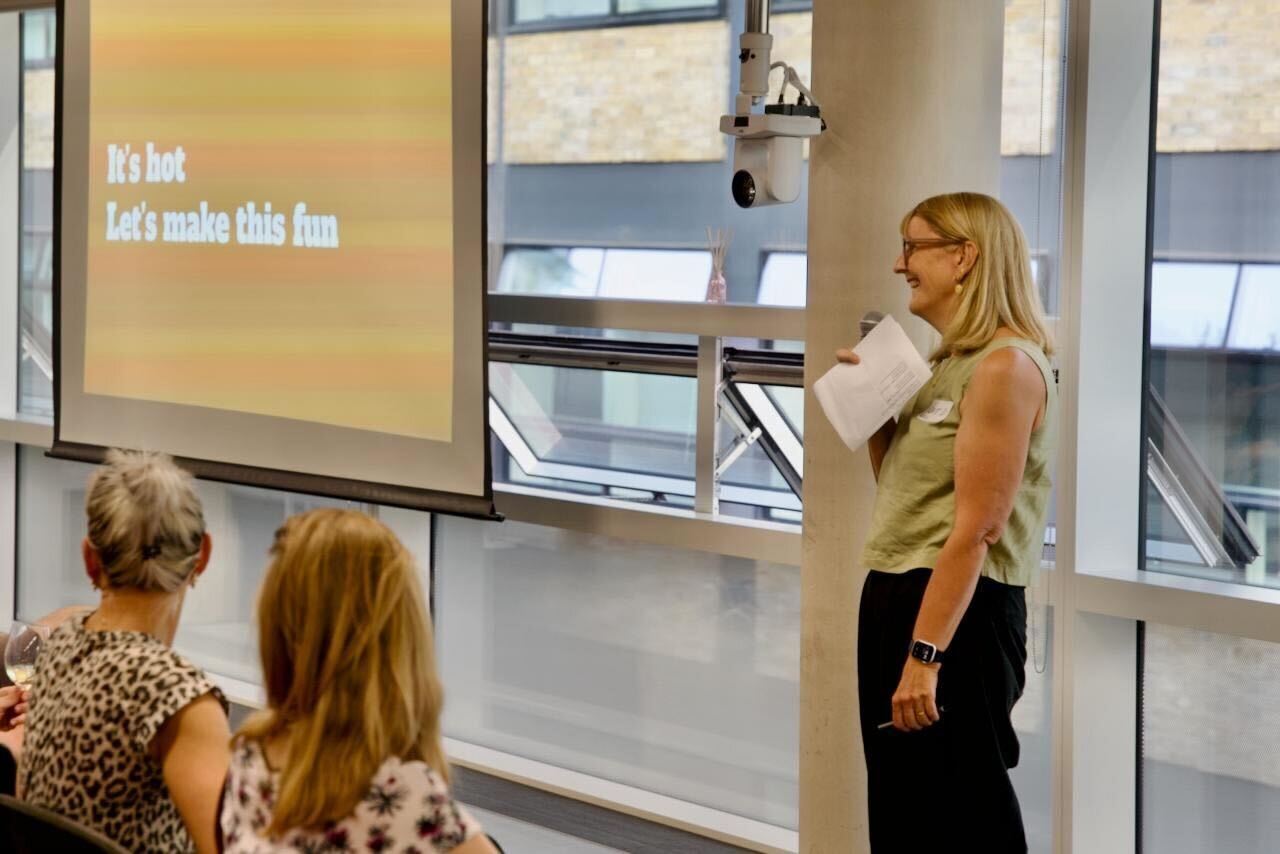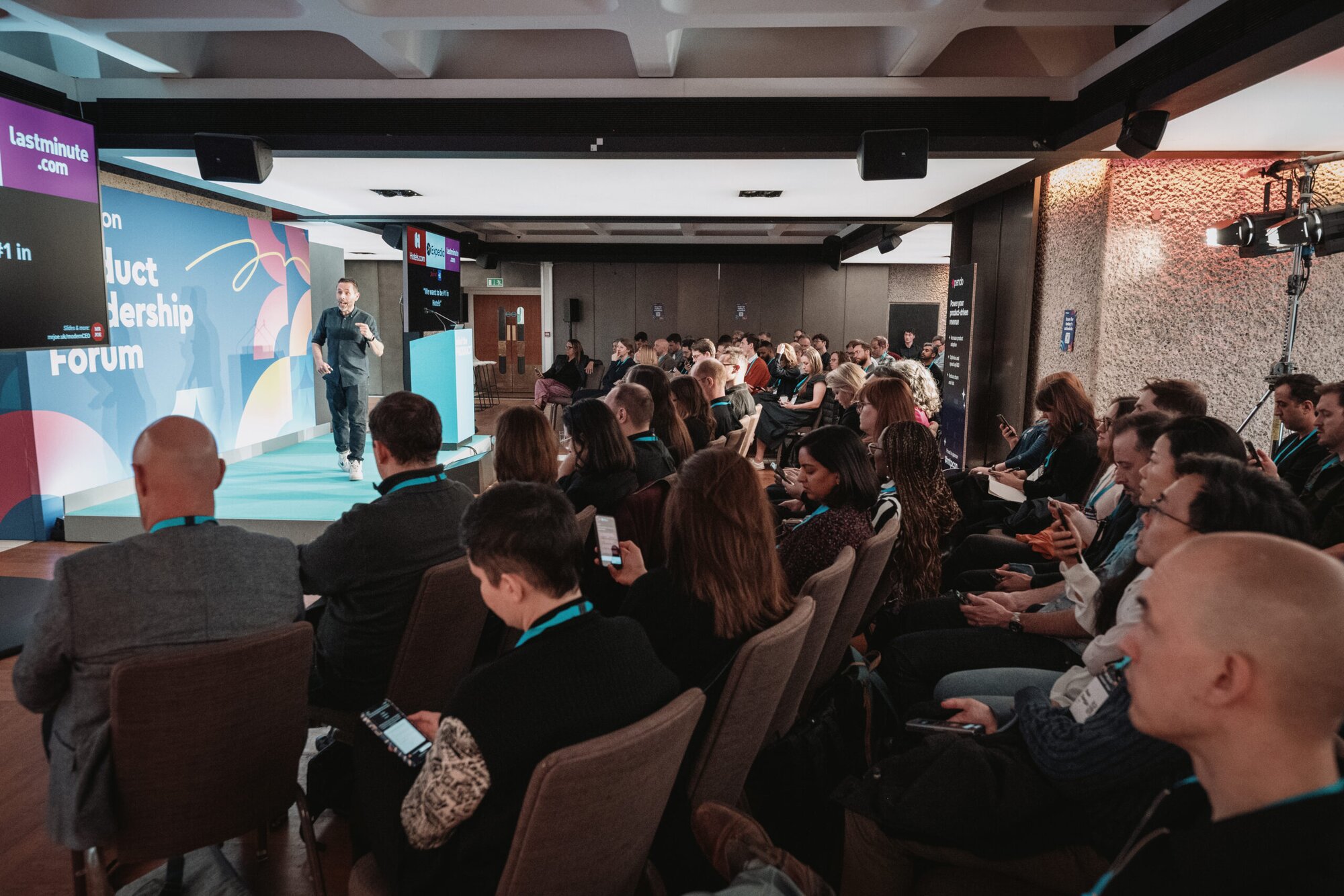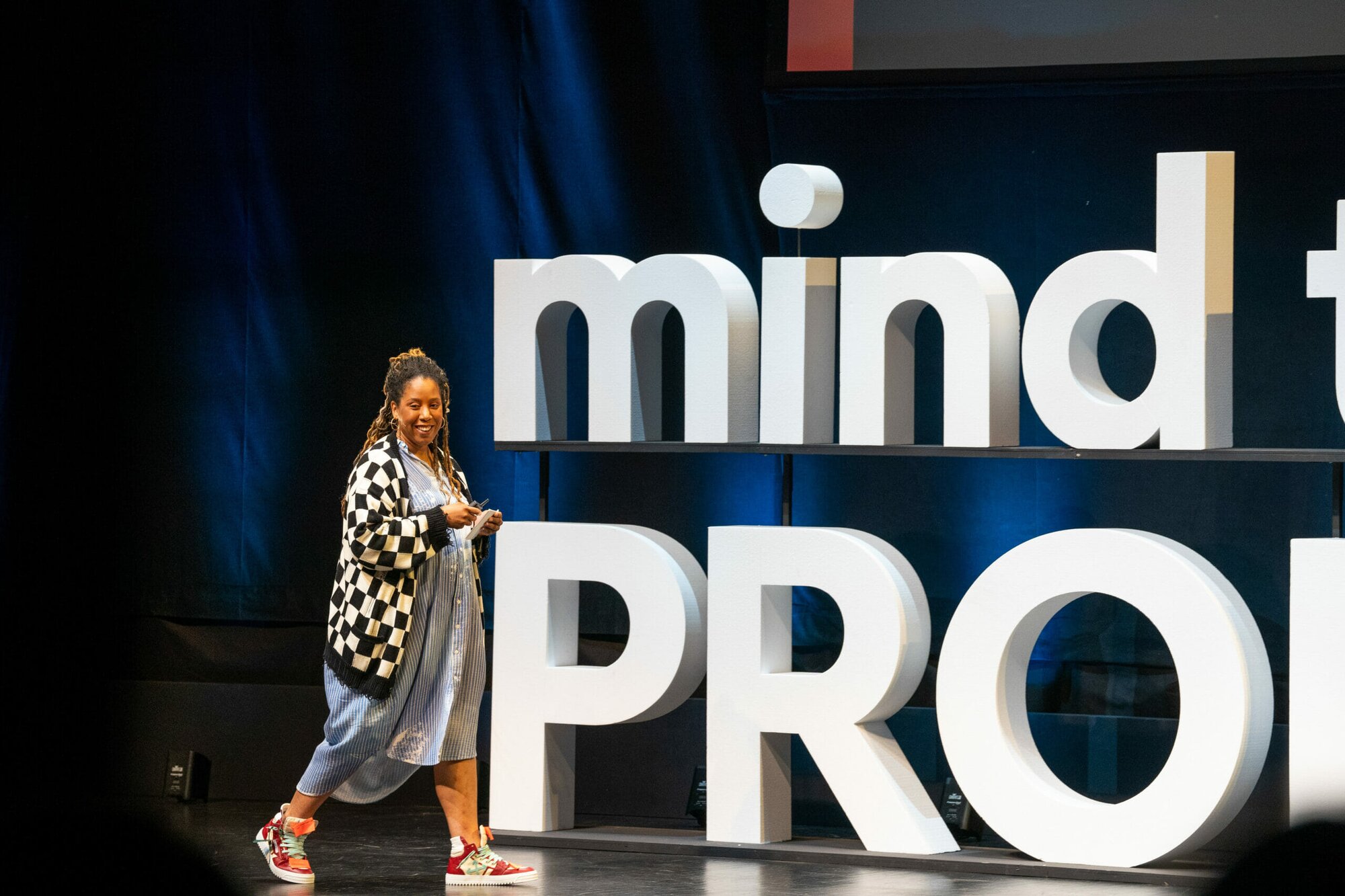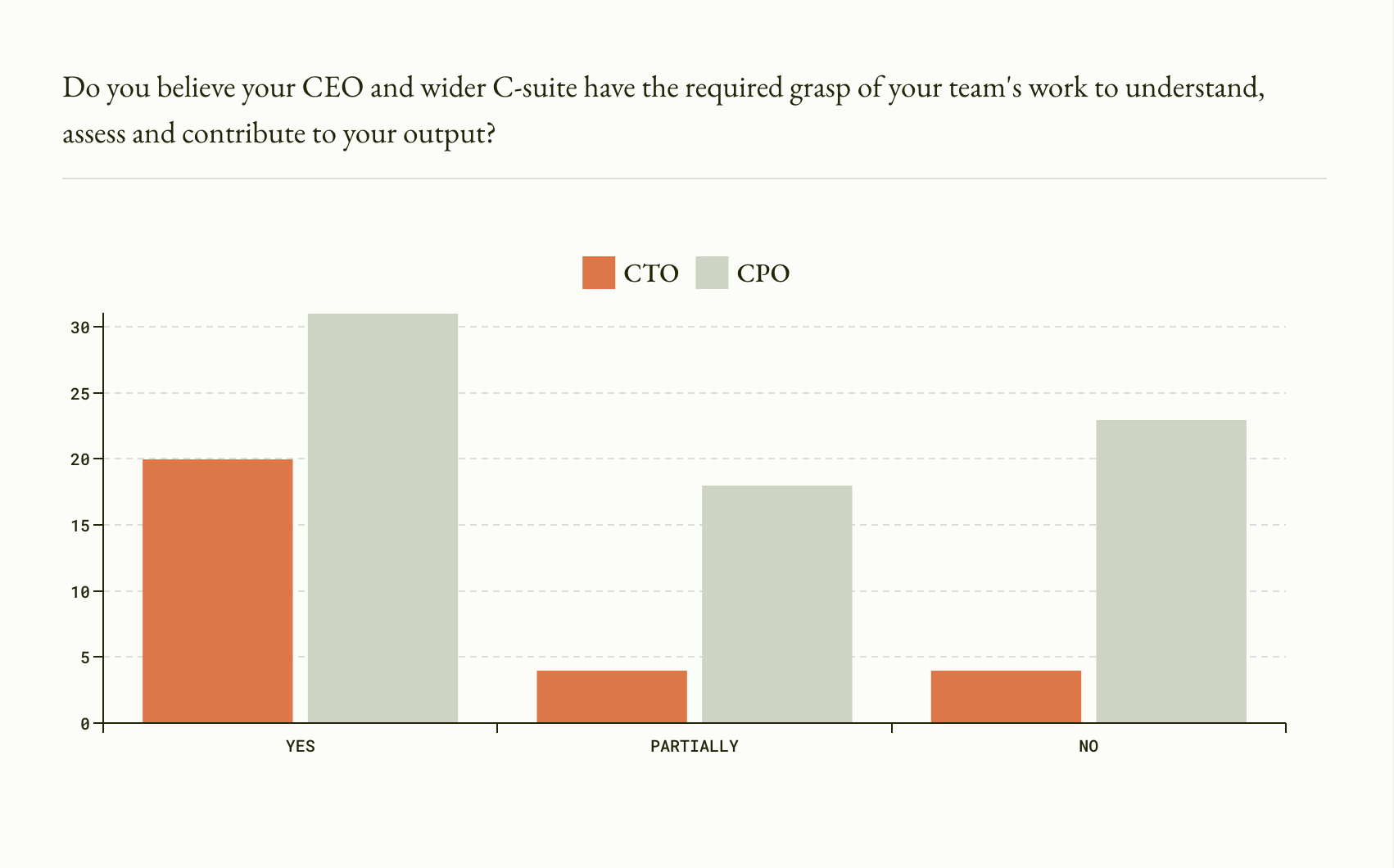In this Fireside Chat for Prioritised members, product author and coach, Joe Leech and our Managing Director, Emily Tate explore how the Jobs to be Done (JTBD) toolkit can be used to make better product decisions.
Watch the entire session in full or read on for the key points and tips including:
- JTBD for start-ups
- How to use JTBD
- The four forces
- Common challenges with JTBD
- Overcoming biases
- Bring stakeholders along the journey
Jobs to be done for start-ups
JTBD is a framework containing both the processes and tools to understand user needs and plan innovative products or product features to meet those needs.
The toolkit explains how and why customers have pulled certain products or features into their lives. It enables product managers to understand the desires and needs of customers, and presents problems for teams to address.
Joe explains how the JTBD toolkit coaches new teams to be forward-thinking, helping them make decisions, interrogating what the user thinks they want in order to uncover the true needs. Ashe puts it, Joe helps companies “do the right things, in the right order, for the right reasons".
The framework often works best for start-ups, Joe explains as they present an initial problem early on in a product lifecycle. It discovers the functional jobs that need to be done to address problems, but it also unlocks social and emotional jobs. Joe says that “it doesn’t shy away from emotional constraints. It unlocks hidden customers needs in supporting users through jobs.”
Asked if every job needs a solution, Joe explains that different aspects require different initiatives. Once you create a significant problem, you can start to create sub jobs-to-be-done to chip away at the overlying issue. The strength lies in the social and emotional aspect of every job, it’s much more simple to find a solution for a functional job. The strengths in JTBD help you to identify new innovative opportunities. It helps in pulling teams away from the existing thoughts and ideas that they have about a product.
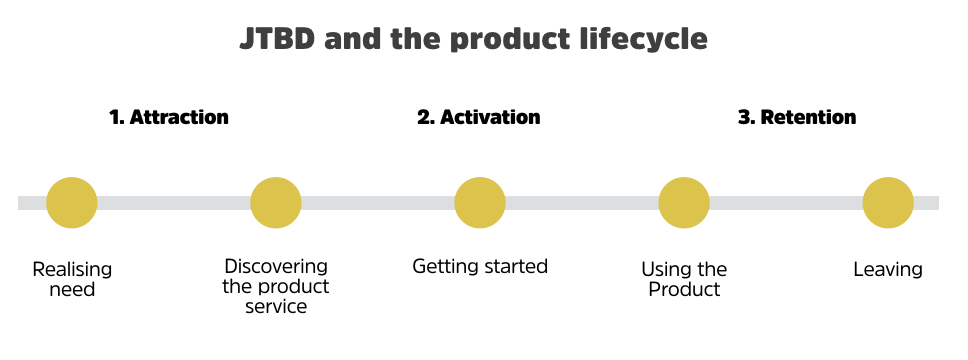
How to use JTBD
In the talk, Joe discusses several ways in which teams can make best use of the JTBD toolkit:
Job stories
Job stories are used to break down the jobs-to-be-done that you have identified. They describe an outcome that you’re trying to get to through storytelling. Job stories can be used to suggest new ideas but it doesn’t describe the penultimate solution, it describes a problem so you can see what next steps need to be taken to solve it.
Sending job stories straight to a development team isn’t as effective as they are not operationally ready for that transition. It’s a breaking down of a problem, not a description of the solution.
The difference between user stories and job stories is that user stories describe the solution to a problem, while a job story breaks down the problem. An extension to job stories is elaborating on the outcome you’re trying to get to after presenting the problem.
Doing so enables teams to see potential solutions, but it doesn’t describe what the final solution may look like.
User stories are very focused on building features and ideas against problems, while job stories are designed to provide the overall context of a problem you’re trying to solve. Joe says, “it’s common for job stories to not have enough detail to be passed onto development teams. They can complement each other well but they’re not the same thing.”
The JTBD timeline
Asked how to best utilise the toolkit, Joe explains how the JTBD timeline compliments user story mapping and customer journeys. The benefit of using the timeline is to see different stages of a user’s journey. It figures out why customers would be looking for a new solution or product,” he says, “it highlights potential user events such as a friend sending your user a referral gift of your product, which may convince your user to passively find out more about your product. Those events are key identifying and creating those hooks to attract people to your product in the first place.”
The timeline understands what is happening at each phase, but more importantly, what tactical things you can do at each event that pushes you into the next phase of the customer journey. If you take advantage of this phase you can maximise each stage of a product journey. “The timeline is all about linking your product and marketing journey into situations and solutions that will help you grow faster,” Joe explains.
The four forces
The big weakness with any user-centred design framework is how difficult it is in terms of shareability. The JTBD toolkit can be shared across different teams for everyone to access.
Joe elaborates on the four forces of Jobs to Be Done, the push of what is keeping your user away and the pull of what might attract your user to a new solution, all this leads to new ideas.
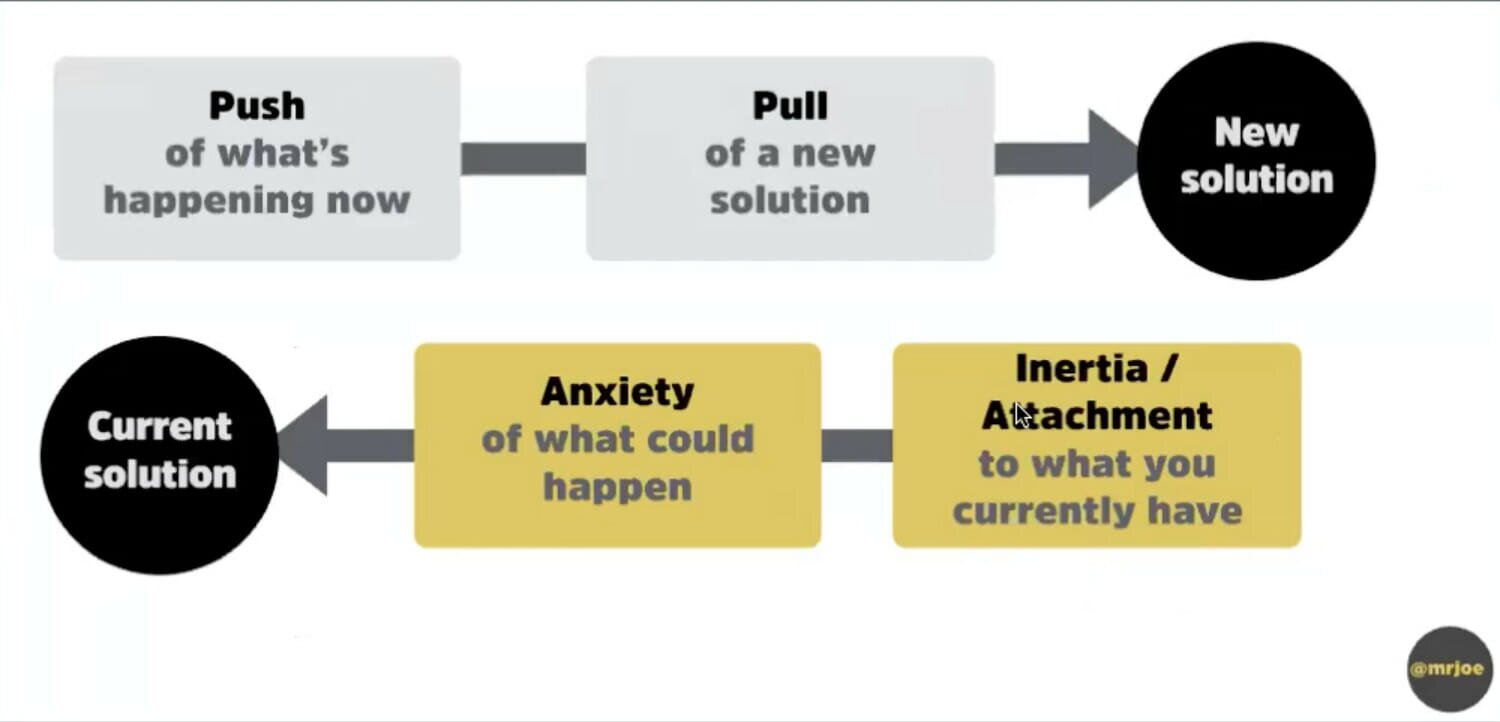
Two forces attract users to the new solution and two forces keep them with their current product. The ‘pull’ would be the thought of trying out a new solution or having issues with your current solution, such as dealing with connection issues on the phone to your bank.
On the other side, a user may experience anxiety about what could happen if they try out a new solution. Alternatively, they could have an attachment to what they currently have.
Understanding these forces will help teams to create a strategy, attract new customers while keeping existing ones. Joe says that you have to encourage users to overcome their anxiety, inertia, and attachment if they’re going to try out your new solution or product.
Common challenges with JTBD
The amount of research that is required to integrate JTBD in the first place can be a significant challenge amongst those that use the toolkit. In addition, user researchers struggle to get their data noticed above the level of a product manager. JTBD can make these insights more accessible to leverage data points. It can be used to steer the direction of the company in the right direction.
Joe explains that you can leverage the existing research that you have on users, but look at it through a different lens. Go back to old user interviews or data to start looking at this information that presents jobs to be done there. Work with research teams to find this data and make it more appealing to get it noticed. Overall, integrating JTBD doesn’t have to be a brand new product discovery journey to use the framework.
In larger organisations, JTBD challenges their way of thinking which routes out deep questions within the business. It can create dramatic change that JTBD has the potential to uncover. For the toolkit to work, established organisations need to start from scratch to understand a new idea and customer segment. It’s less effective with existing products and services.
The framework uncovers innovative ideas, however, the market may not be ready for them, Joe says. It may take years to develop these ideas, while some larger organisations may want instant results quarter by quarter. “It can be transformative but may create more problems than it creates in the short-term,” he explains.
Overcoming biases
Asked how to ensure organisations are overcoming biases when using JTBD, Joe explains that it depends on the pressures you’re facing in your organisation. You need to be honest about your problem statement and ask yourself if you have a big enough problem.
Teams often subconsciously discard research findings if they disagree with the outcome. It’s important to solidify your end goal and for all teams to understand why you’re using the toolkit.
Bringing stakeholders along the journey
Asked how to communicate the benefits of JTBD with stakeholders, storytelling is key. Using relatable examples can help people understand and identify these issues. ”Effective storytelling examples can not only ensure that stakeholders relate to it, but they will also be able to see the business benefits behind it,” Joe closes.
What to read next
To find out more about JTBD watch or read this MTP Engage Manchester talk, where Joe Leech demonstrates how we can employ the “Jobs to be done” framework. For even more product management topics, use our Content A-Z.
Some of the content referenced above is exclusive to Mind the Product members. Not yet in the club? Learn about Prioritised and MTP Leader membership today.



